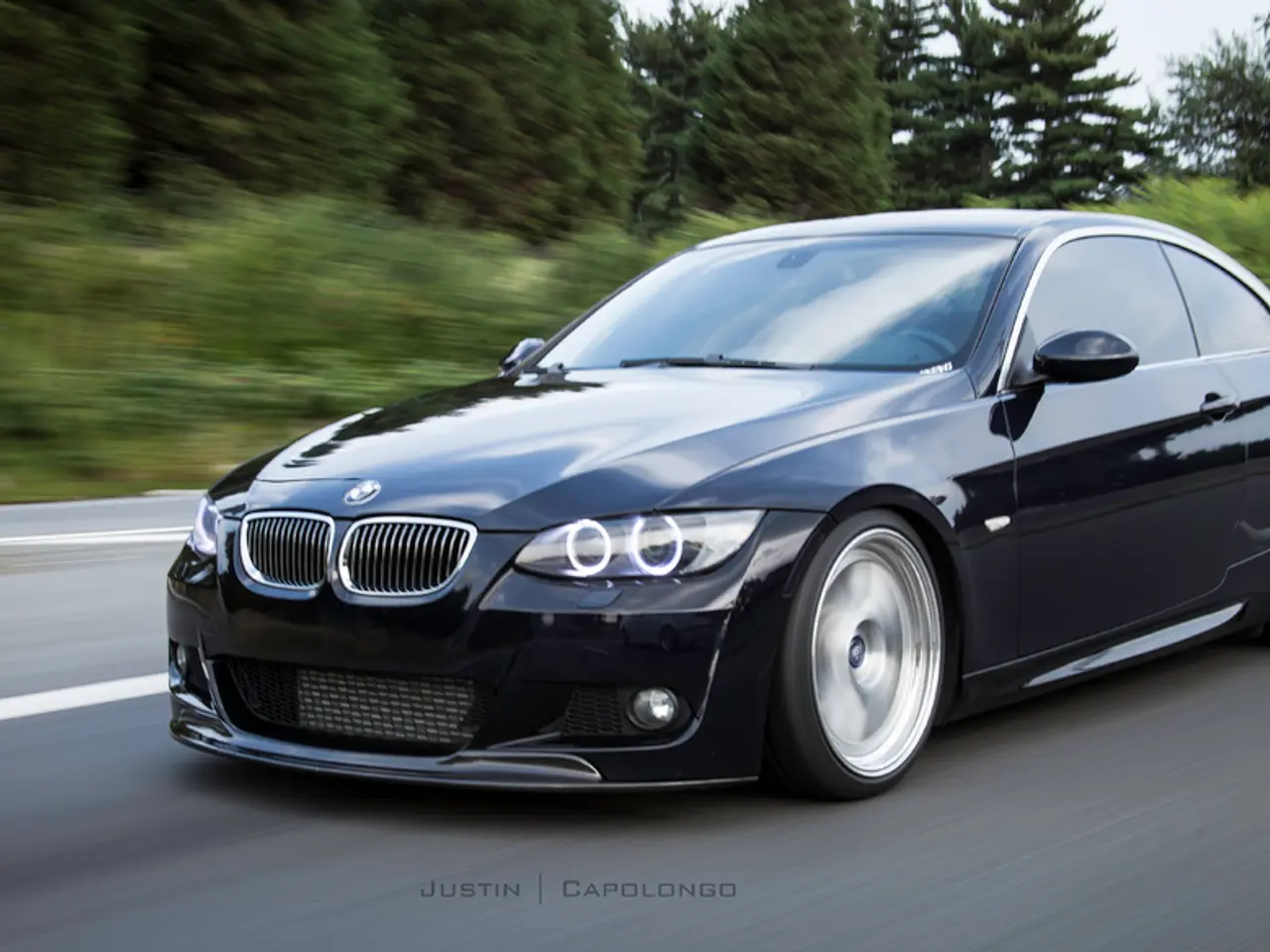Volvo Faces Challenges and Their Resolutions Are Still Two Years Distant
The Volvo EX90, the Swedish automaker's flagship electric SUV, has been met with a series of issues according to Consumer Reports and other sources. The luxury electric vehicle, priced at over $80,000, has been marred by buggy software, inactive features, persistent warning lights, and hardware reliability concerns such as seat motors that overheat and fail to fold properly.
These problems extend to other aspects of the vehicle, with complaints about blind spot warning alarms activating even when the car is stationary, and audio system malfunctions, including instances where the audio system goes silent randomly.
These flaws have raised concerns about software and quality execution in Volvo's flagship electric SUV, potentially undermining its luxury and reliability image. Owners and reviewers have reported these issues soon after launch, with acknowledgment that some software glitches might be fixed via over-the-air updates, but the initial experience is problematic for such a high-end vehicle.
The EX90's issues have not been limited to just this model. The Volvo EX30, which was released earlier this year, has also experienced glitches and was priced higher than initially advertised by approximately $10,000.
These problems come at a challenging time for Volvo. The company has reported a 14% drop in global sales for July 2025, and a loss of over $1 billion globally through the second quarter of 2025. Volvo has also cut 3,000 jobs globally.
In response to these challenges, Volvo may need to adjust its mix of hybrids versus fully electric models. Sales of EVs for Volvo have decreased by 23% from January through July, and the company is expected to continue focusing on SUVs in its future product lineup.
The production of the XC60 and XC90 at the Ridgeville facility will occur after the 2024 U.S. presidential election and the subsequent new administration. The XC90 is expected to join the production at the Ridgeville facility a year later, in 2028, while the XC60s will not begin rolling off the production line until 2027.
Despite these challenges, the Volvo ES90, a sedan with a raised ride height, indicates the company's continued focus on SUVs. The recently departed CEO of Volvo stated that the company is more likely to tweak proven models like the XC60 with unique trim packages rather than introduce wholly new, niche vehicles.
In summary, the main issues with the Volvo EX90 as reported by Consumer Reports and corroborated by other sources are software bugs, malfunctioning features, warning lights, and hardware reliability concerns like seat motor overheating. These problems undermine the SUV's premium positioning and indicate it was launched before full refinement.
The financial implications of these recurring issues could pose a threat to Volvo's industry stance, as the company faces a $1 billion global loss through the second quarter of 2025. Furthermore, the widespread problems in both the Volvo EX90 and EX30 might lead to reconsideration in the company's business strategy, particularly in the balance between hybrid and fully electric vehicle production, with a potential emphasis on SUV models moving forward.




